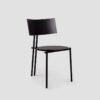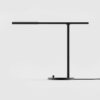The concept of the Minimal Art movement, which emerged in the 1960s in the US, has evolved significantly. Today, art with a minimalist aesthetic is increasingly distancing itself from the original concepts and ideas that once defined the movement. Instead, we are witnessing a continuous reinterpretation and development of this art form, driven by a new generation of artists. This evolution often goes beyond a mere stylistic choice, and often has its origins in an introspective exploration.
Looking ahead to 2024, I am pleased to present the second edition of “Artists to watch”, in which I introduce six remarkably talented artists. Each of them interprets the principles of minimalist aesthetics in a unique, creative and thoughtful way. Their works not only offer us visual calm and harmony, but also open up spaces for deeper reflection and inner stillness.
If you’re looking for the pioneers of the Minimal Art movement from the 1960s, I recommend the following article: Minimalist Artists: Pioneers Of The Movement
Maya Makino — Paintings As Phenomena
Let’s start this edition with Japanese artist Maya Makino (b. 1980). Makino is known for her monochrome paintings, characterized by the use of the color indigo blue. Her works are based on personal memories and feelings and aim to capture fleeting moments of consciousness.
Maya Makino sees painting as a phenomenon that transcends the aesthetic depth and intensity of the material itself, allowing the viewer to connect with the emotions portrayed. The consistent use of indigo blue lends a stillness and perfection to her works that reflect the artist’s individual experiences. Makino is represented by CAI Gallery, Heather Gaudio Fine Art, gallery57, The Untitled Void.
I had an inspiring conversation with her, read it here: A Conversation With Maya Makino
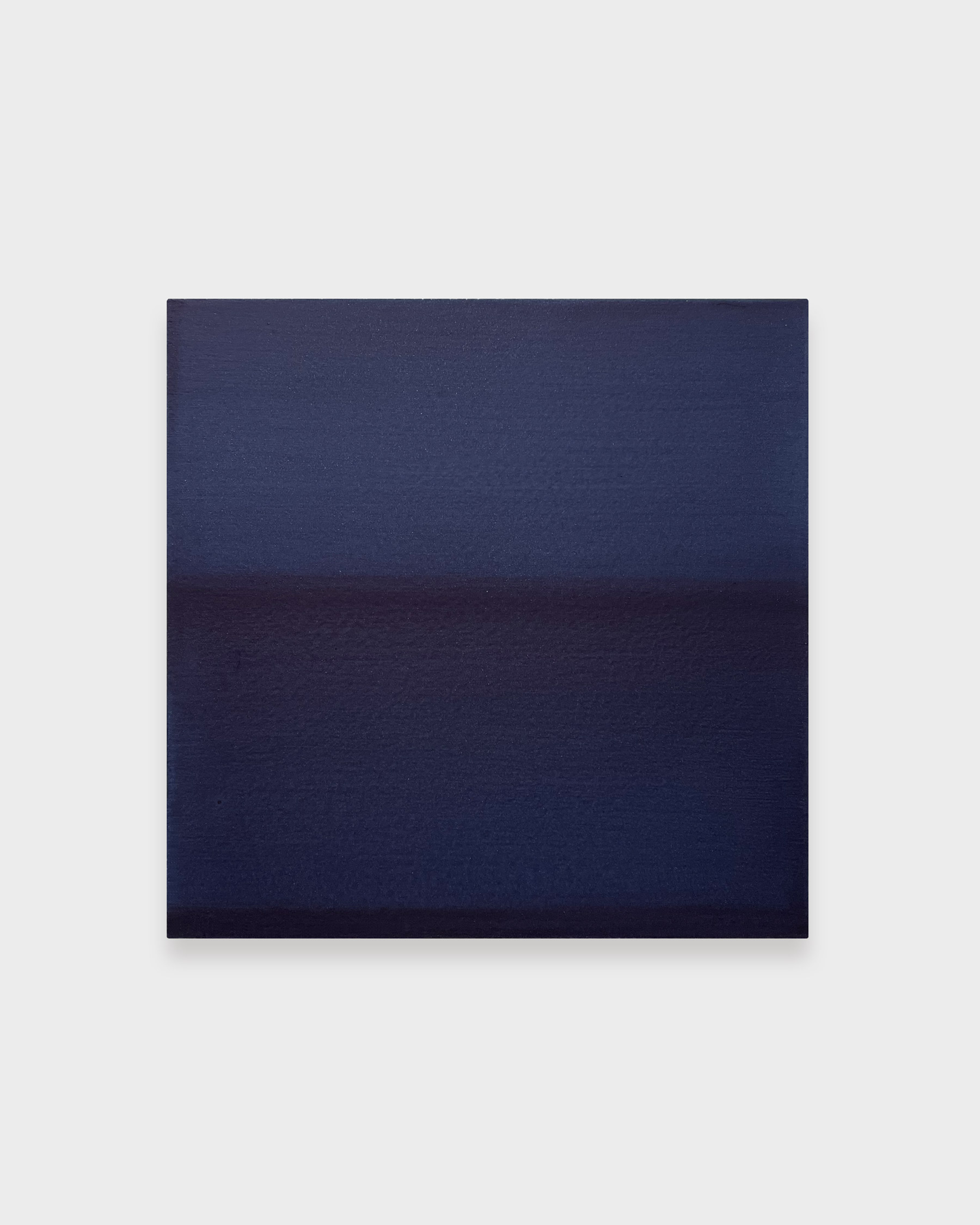
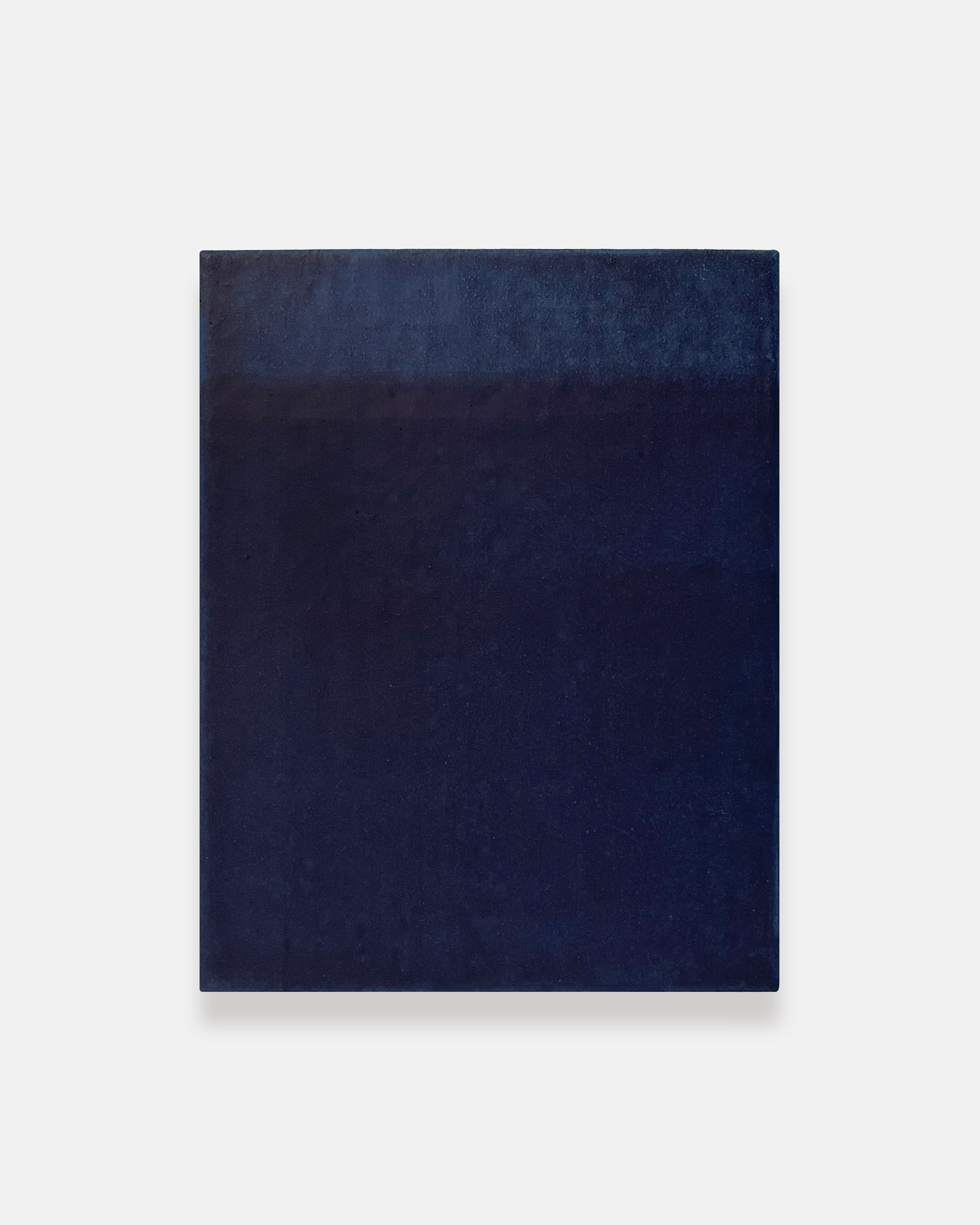
Richard Zinon — Emotional Abstraction
Richard Zinon (b. 1985) is a British artist whose work is characterized by the use of intuitive, gestural brushstrokes. His mostly large-format, abstract paintings avoid figurative representations or complex references, instead conveying intense emotions through the direct yet restrained dynamics of the brushstrokes.
His works are often created in one single sitting, whereby he avoids external stimuli during this process and relies entirely on his intuition. The meaning of his art typically emerges in the subsequent dialog between the viewer and the canvas. Zinon is represented by Cadogan and Alzueta Gallery.
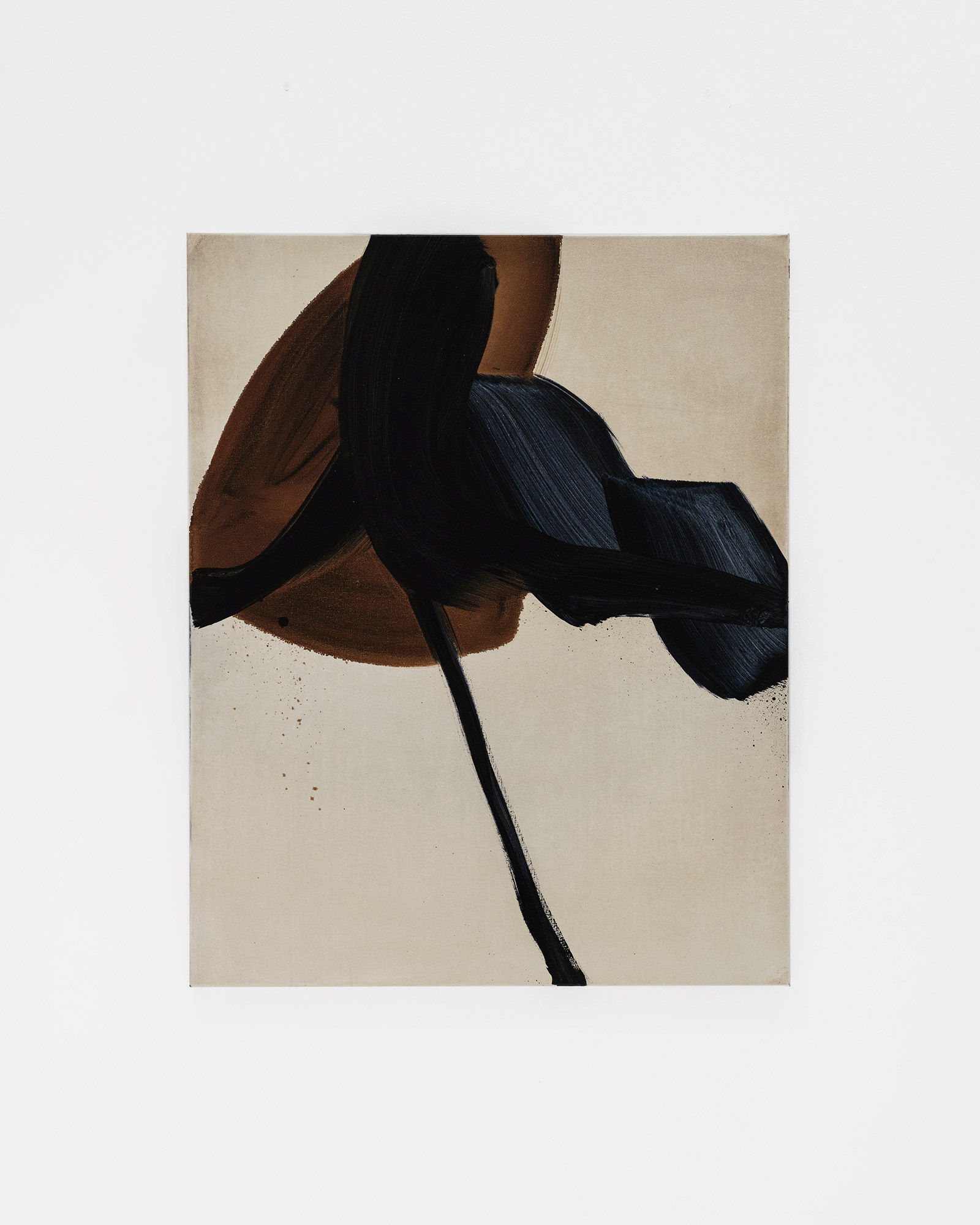
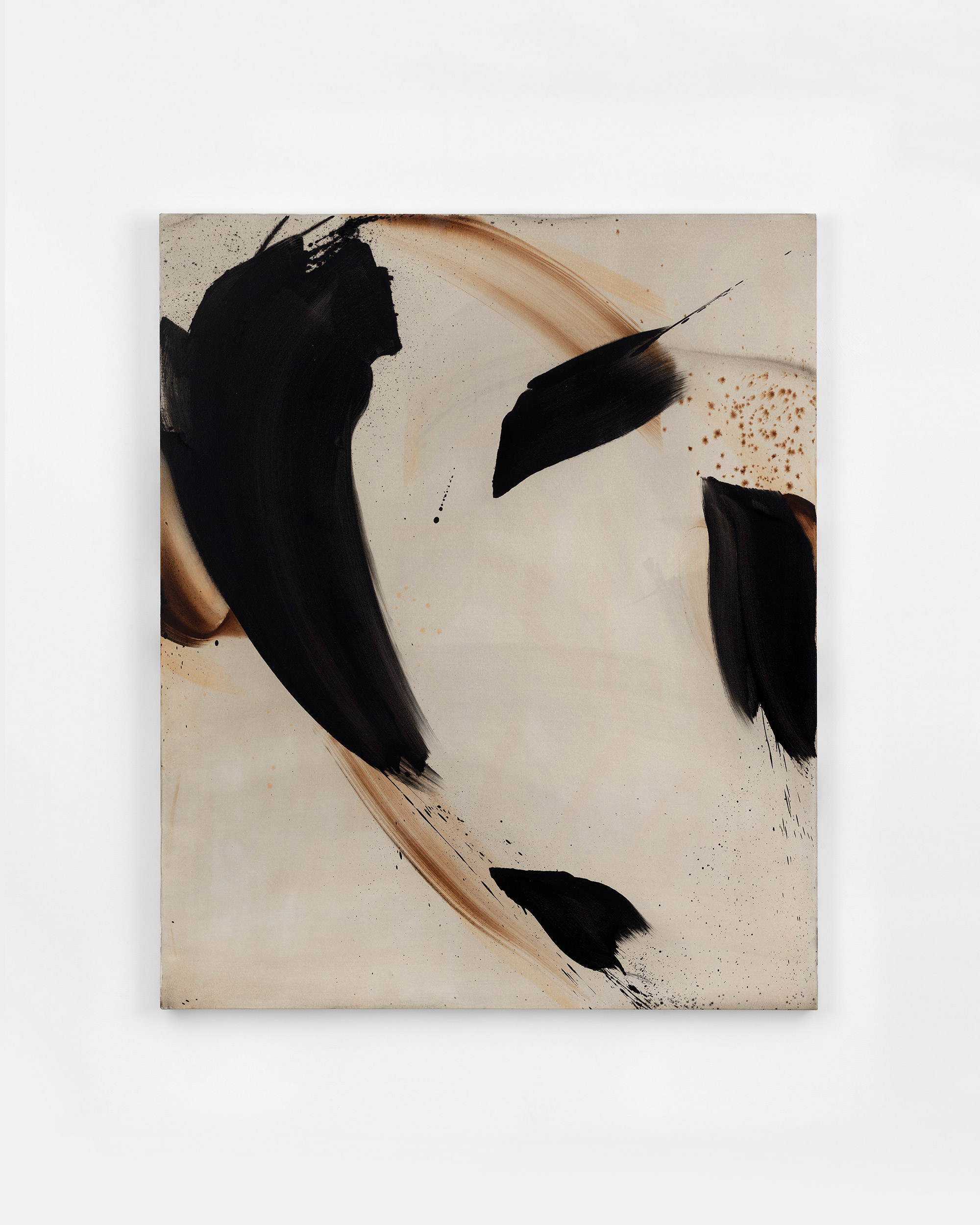
Lawrence Calver – Shaped By Serendipity And Time
Lawrence Calver (b. 1992) is a British artist known for his large-scale textile works made from various reused, recycled and historic fabrics. His oeuvre ranges from dynamically colorful, geometric to minimalist, calm and monochromatic compositions. With his background in fashion, Calver views his artistic practice as an organic process of experimentation and discovery, seeing himself as the “director” of his works.
His art celebrates the beauty of serendipity and illuminates the stories of the materials used. It invites us to reflect on time, place and memory by strikingly displaying the geographical and historical origins of their materials. Calver is represented by De Brock Gallery and Simchowitz Gallery.
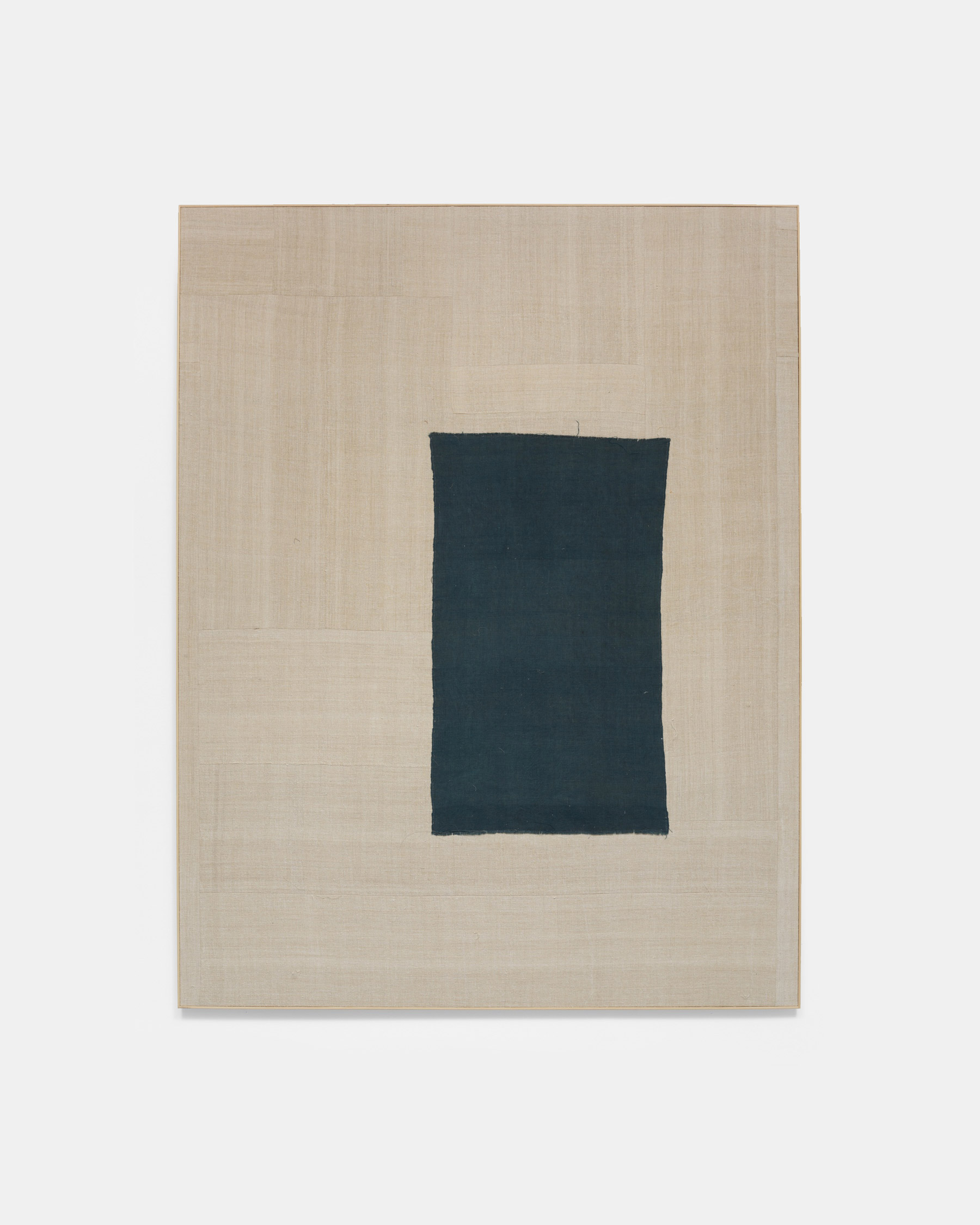
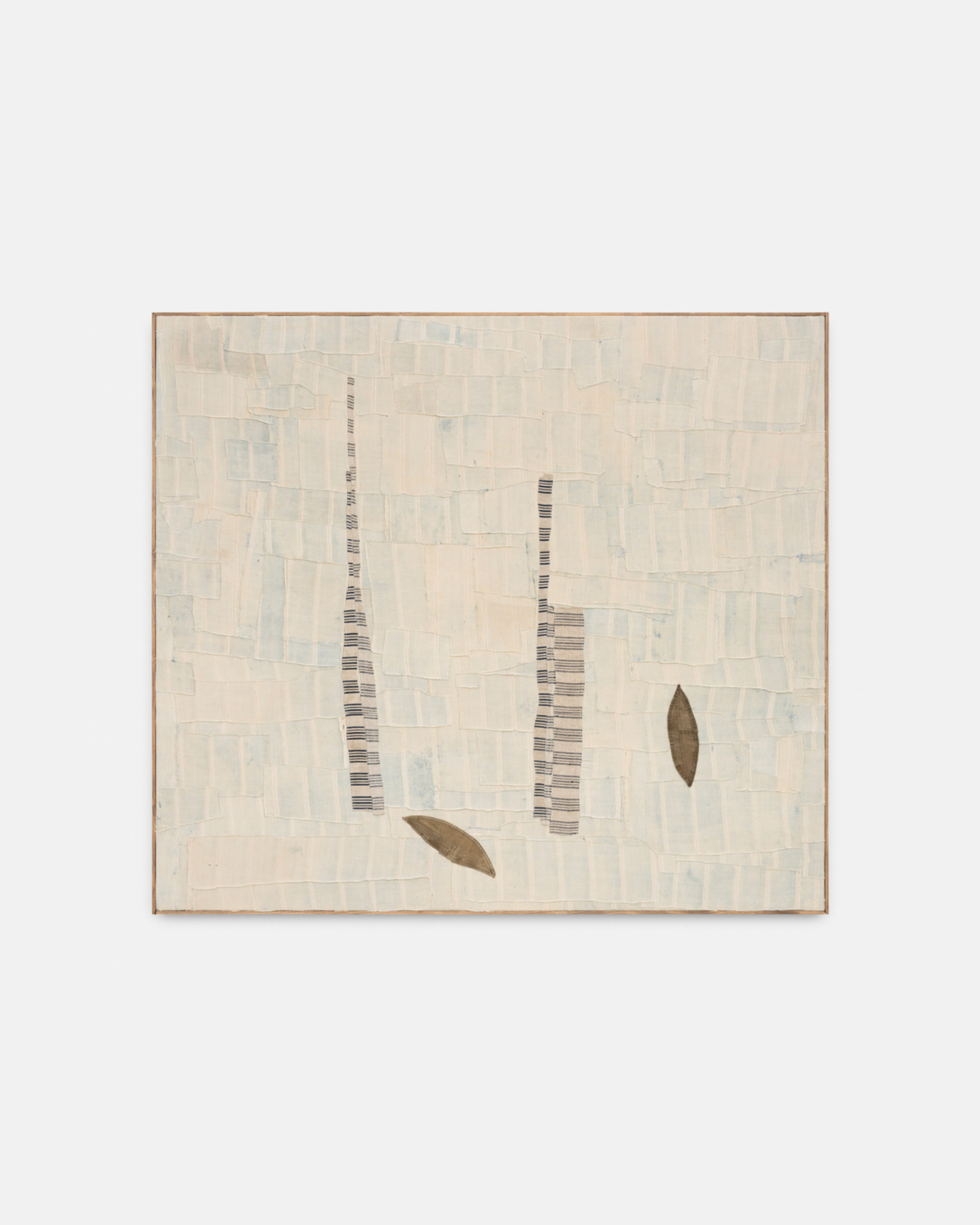
Søren Sejr – Between Instinct And Precision
Søren Sejr (b. 1981) is a Danish artist whose art is characterized by a dynamic duality. Since 2017, his style has developed into minimalist works with dominant monochrome, mostly black surfaces, interrupted by spontaneous, abstract lines. Sejr combines both instinct and controlled techniques in his paintings, creating a balance between static and dynamic elements.
In addition to his paintings, he also creates large-format reliefs from recycled wood. He processes these using the Shou Sugi Ban method, which turns the surface black and emphasizes the structure of the wood. In his works, Sejr seeks an interplay of light, shadow, and materiality and invites viewers to discover the balance in his works. He is represented by Galleri Jacob Bjørn.
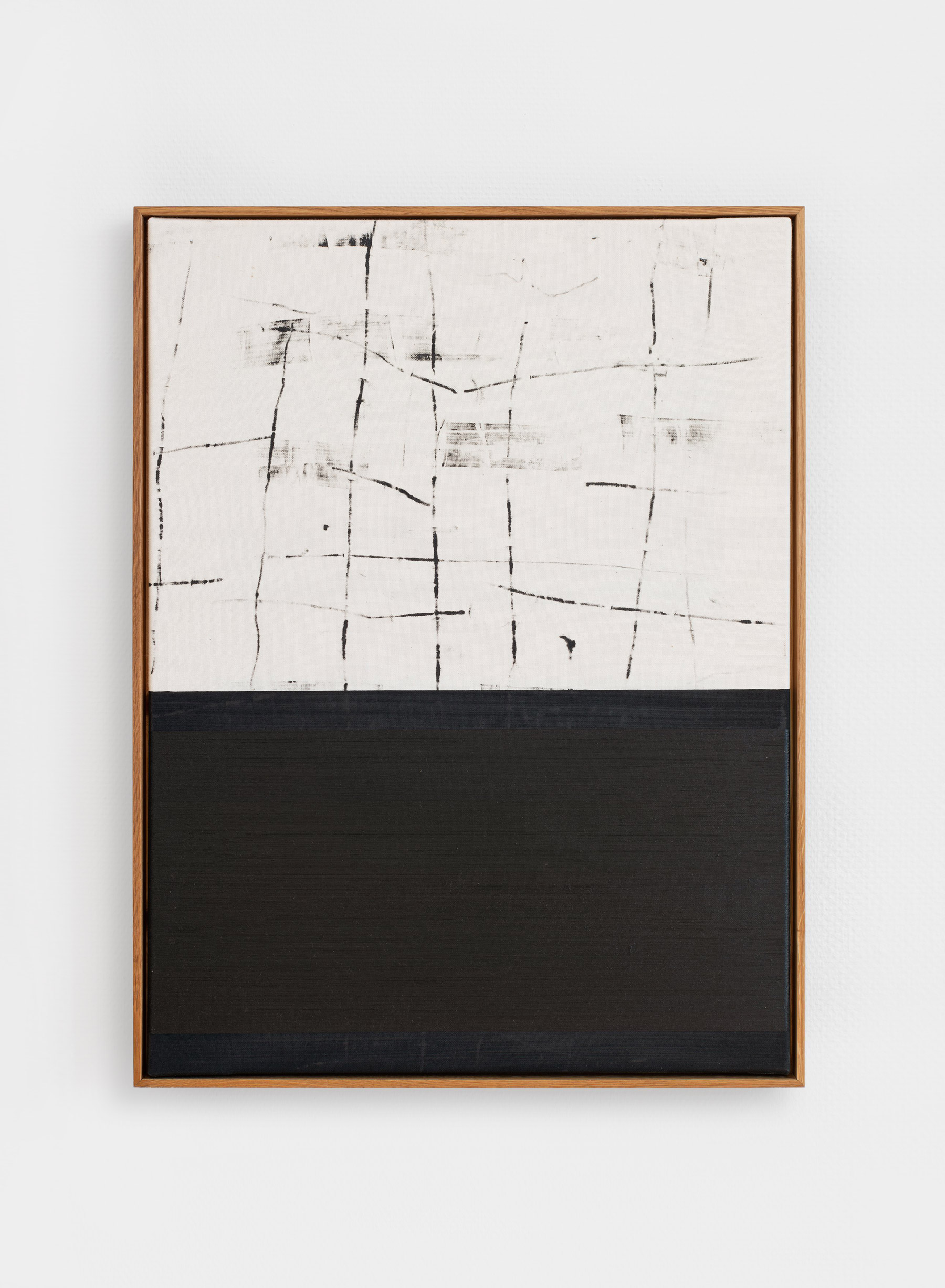
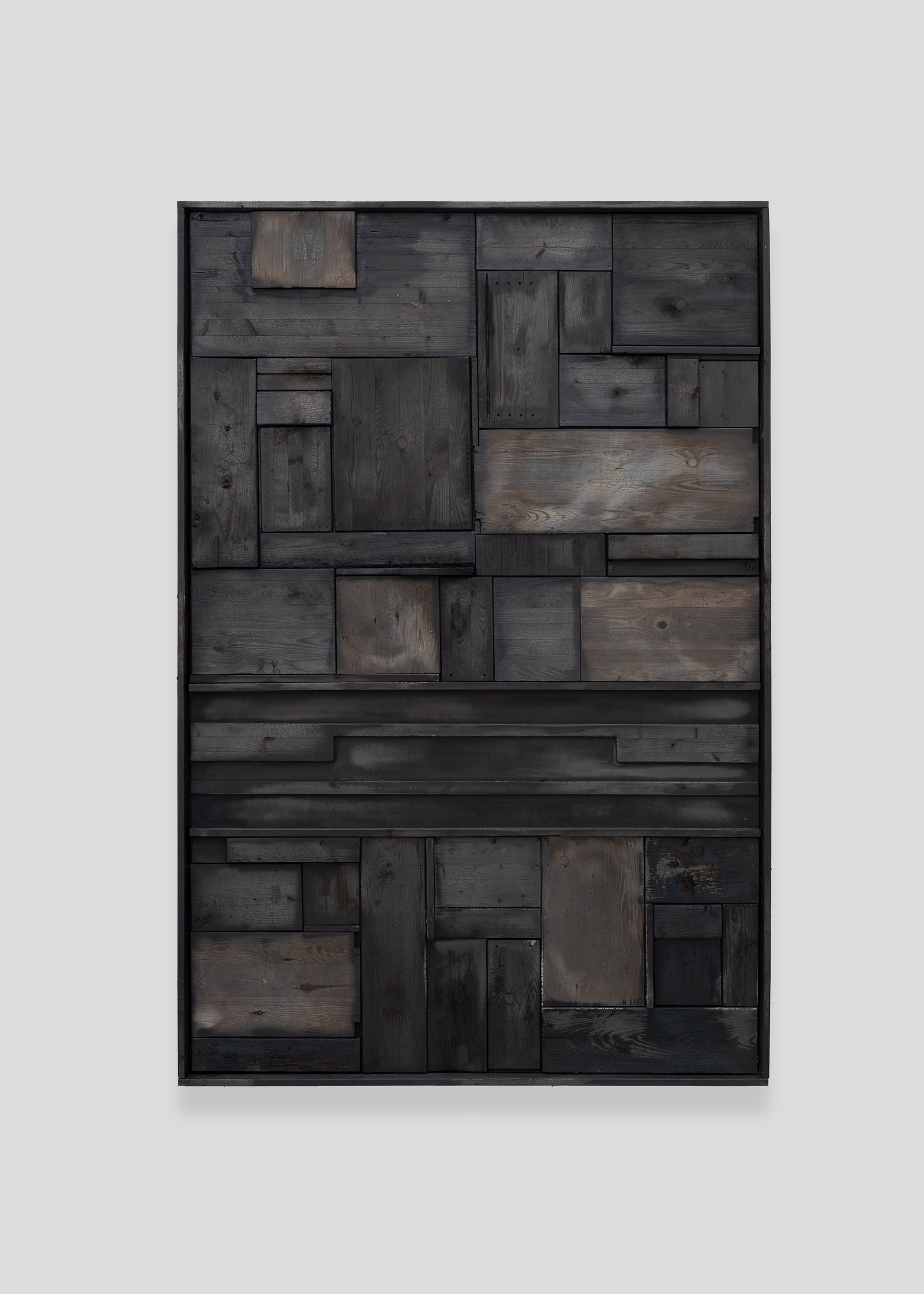
Woo Byoung Yun – Monochrome Superposition
Woo Byoung Yun (b. 1988) is a Korean artist whose works are characterized by a combination of philosophical depth and aesthetic expressiveness. Inspired by quantum physics and the duality of nature, his artworks reflect considerations of material reality. His style reminds of the Dansaekhwa movement, which is defined by monochromatic colors and meditative, repetitive patterns.
In his creative process, Woo applies layers of plaster and paint, which he exposes again, creating a texture reminiscent of the principle of quantum superposition. The emotional and meditative qualities of his monochrome works create a complex and engaging visual experience and invite philosophical reflection. Woo Byoung Yun is represented by Francis Gallery.
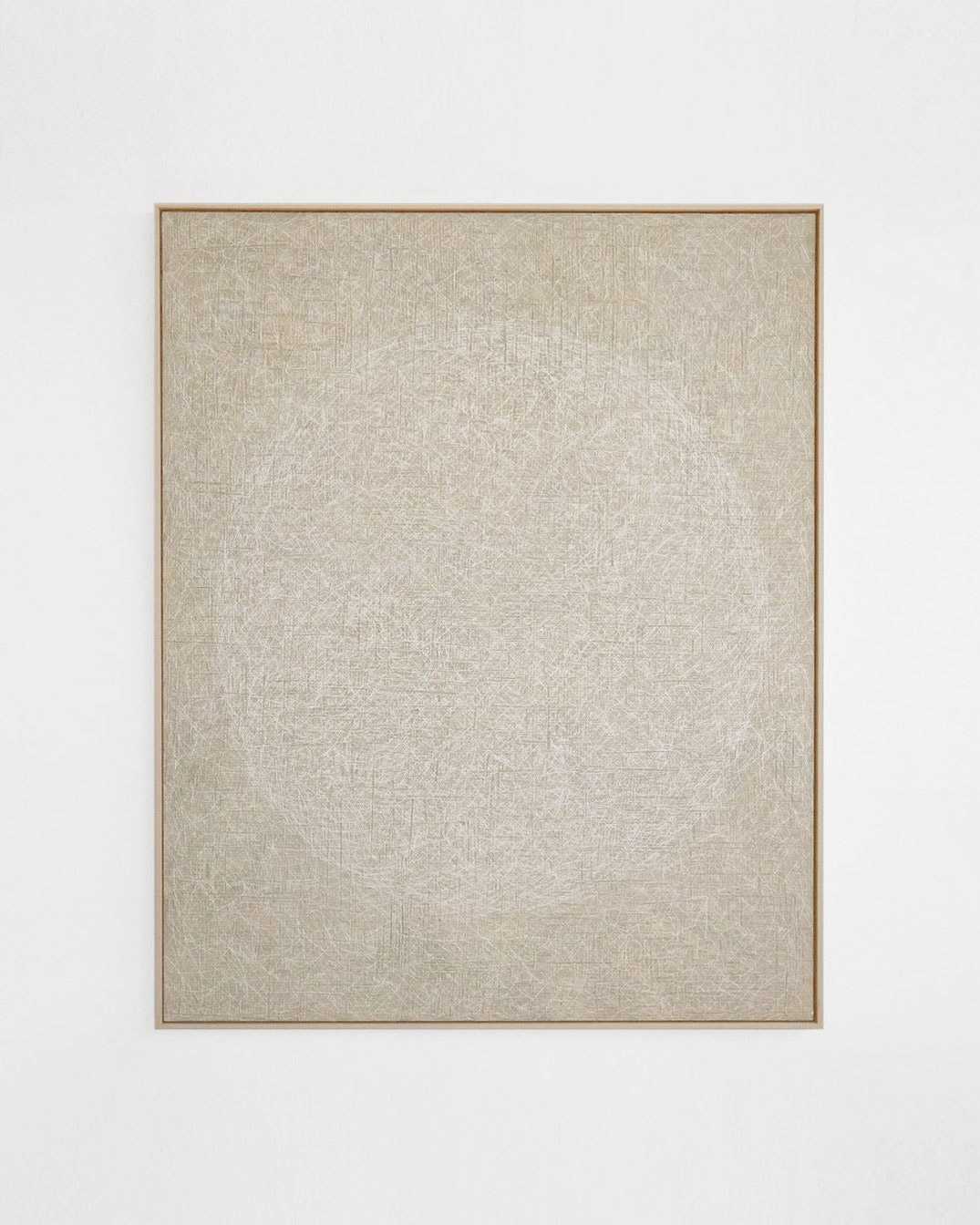
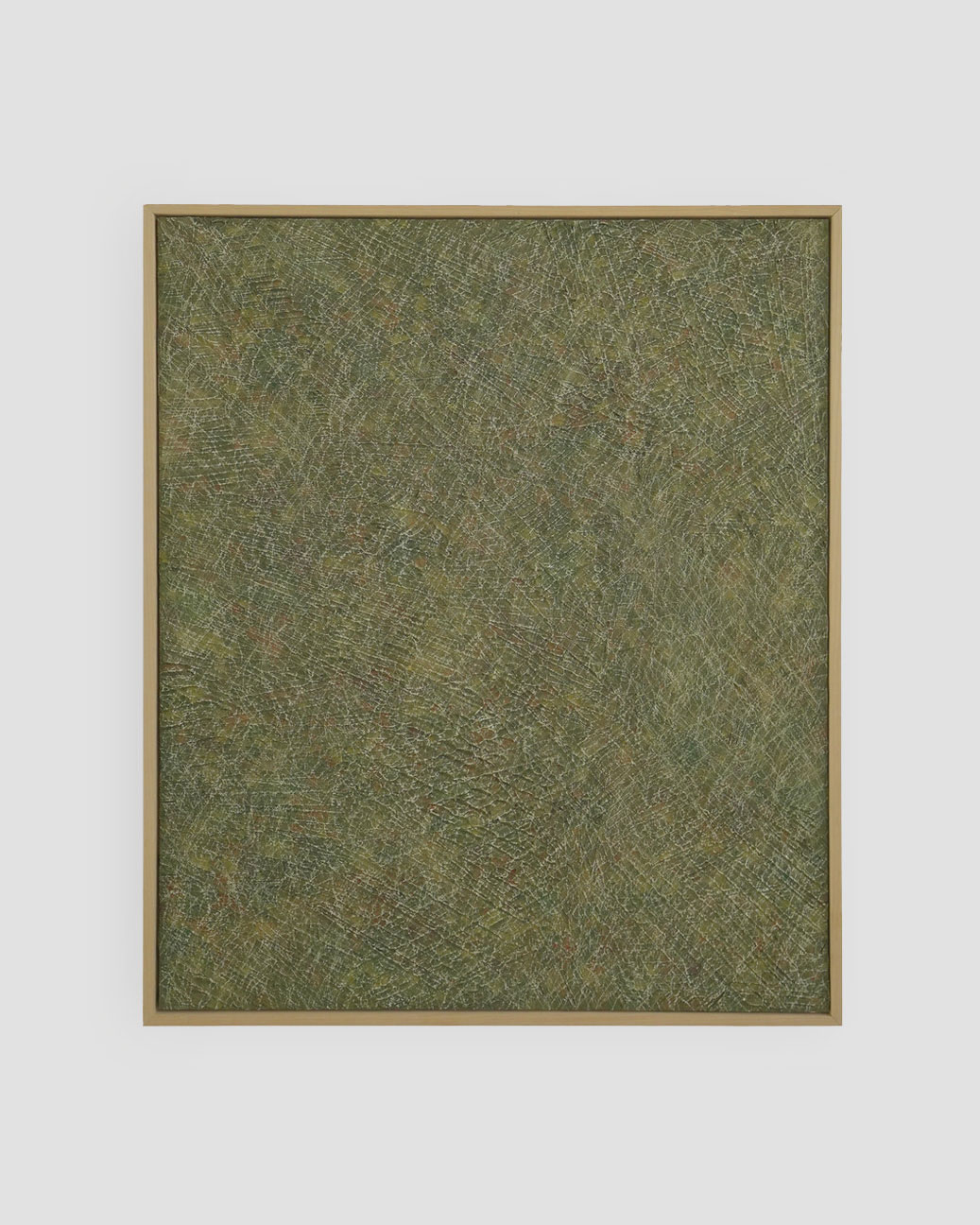
Rachel DuVall – A Dialogue Between Color And Form
Rachel DuVall (b. 1985) is an artist from Los Angeles who is known for her hand-woven textile artwork. DuVall graduated from the Maryland Institute College of Art in 2008 and her works are defined by meticulous planning and a meditative approach to the weaving process.
Characterized by precise patterns and the use of hand-dyed fibers, her work invites meditative contemplation and is reminiscent of the art of Agnes Martin. DuVall focuses on the materiality of her works, especially on linen, which plays an essential role in her compositions. Her minimalist, attentive textile artworks call for intensive examination and illustrate her deep connection to the craft of weaving. Rachel DuVall is represented by Alison Milne Co.
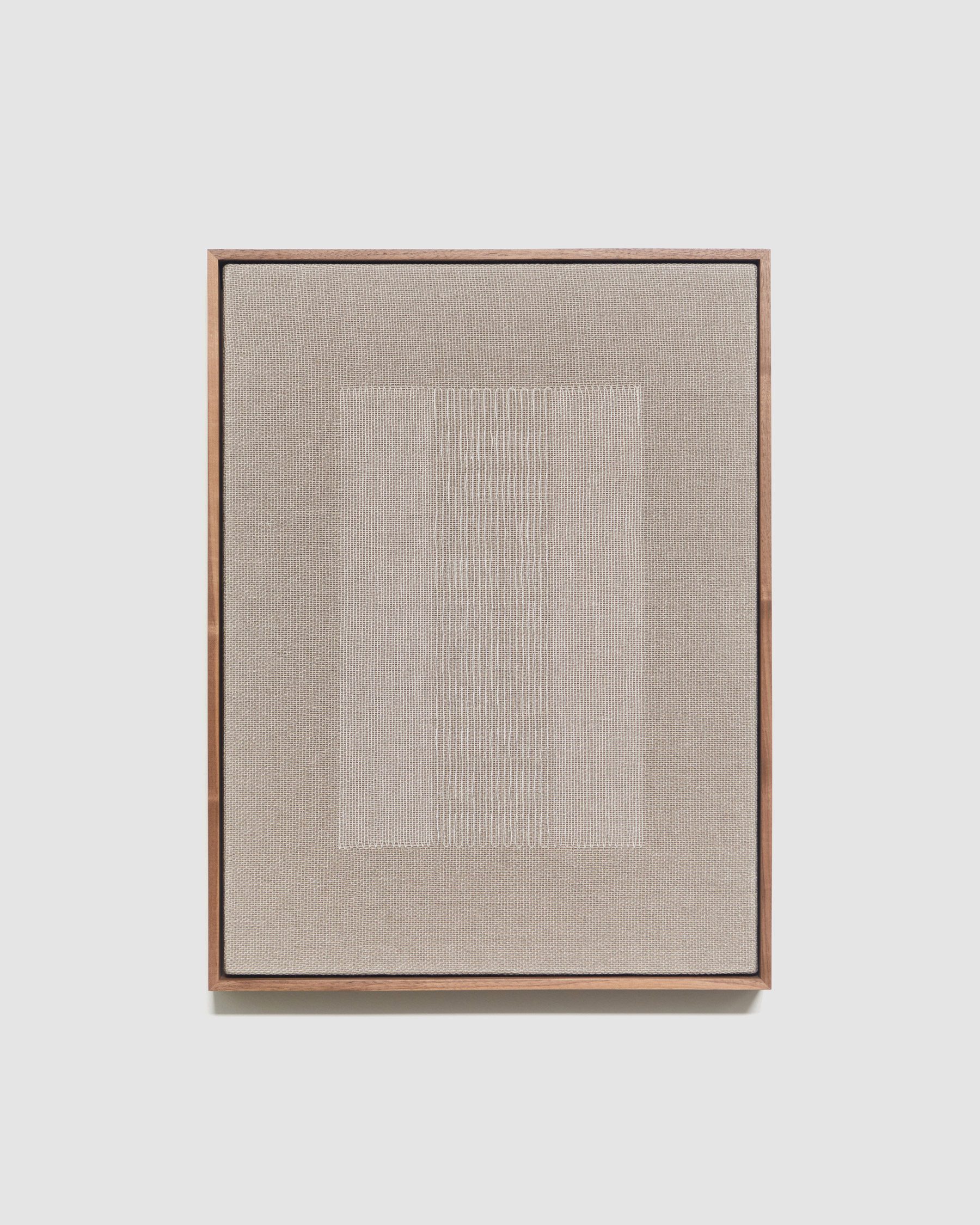
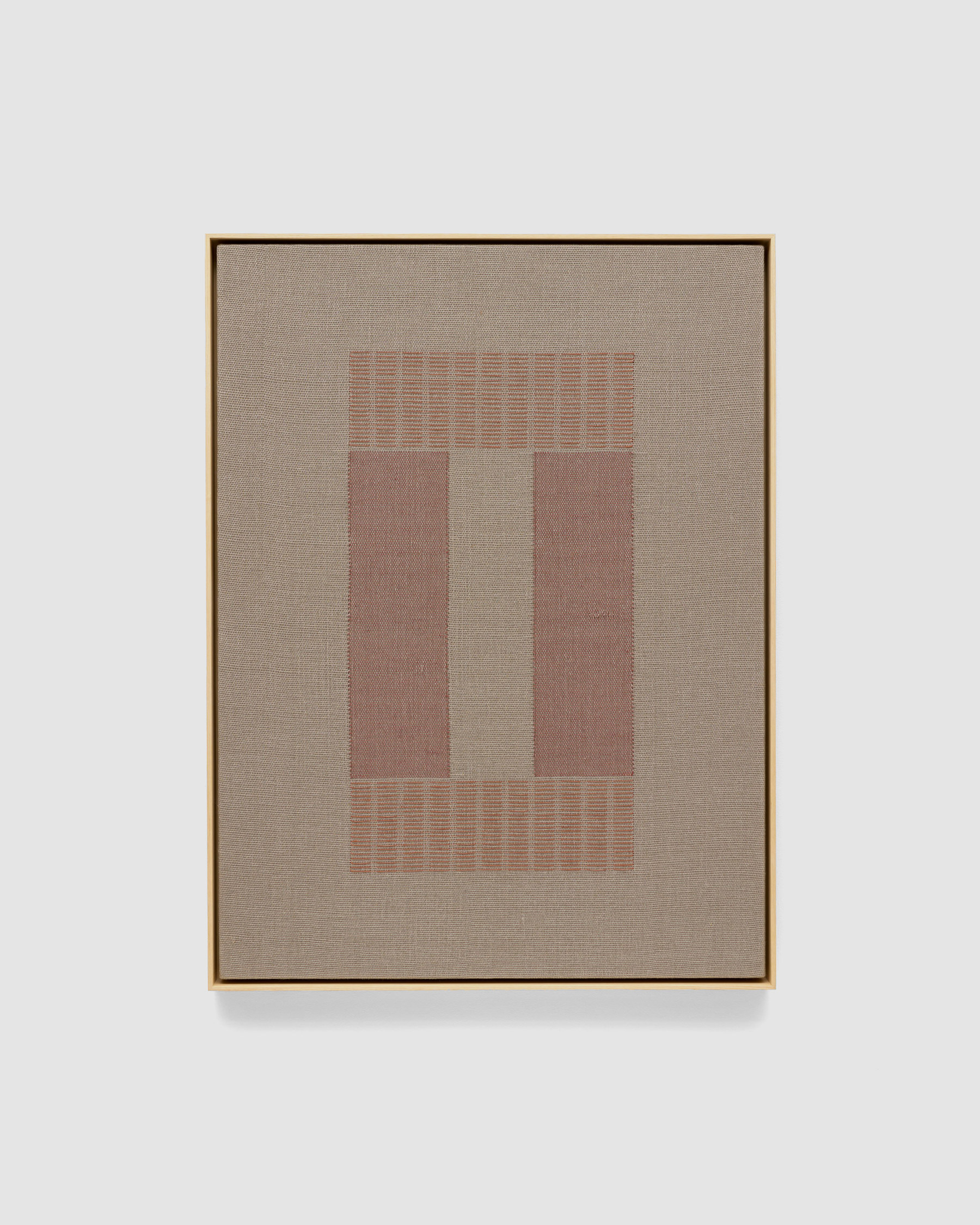
There are so many talented contemporary minimalist artists who express the beauty of simplicity with their art that it would be impossible to introduce them all in this edition. If you would like to discover more great artists on Aesence, I recommend you to browse the following –> category.
But the work of the artists mentioned above will certainly have a considerable impact in the years to come. I will definitely keep an eye out for what they have in store for us in 2024.
